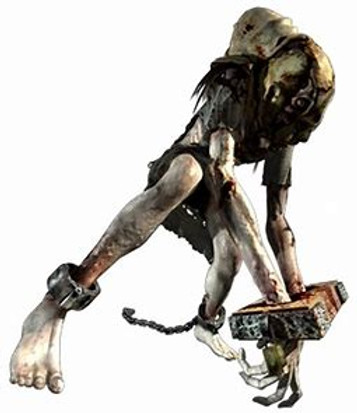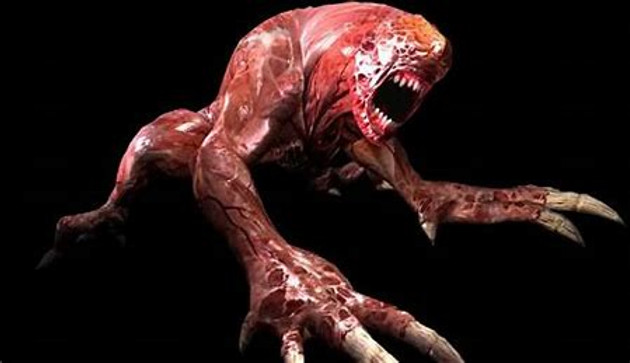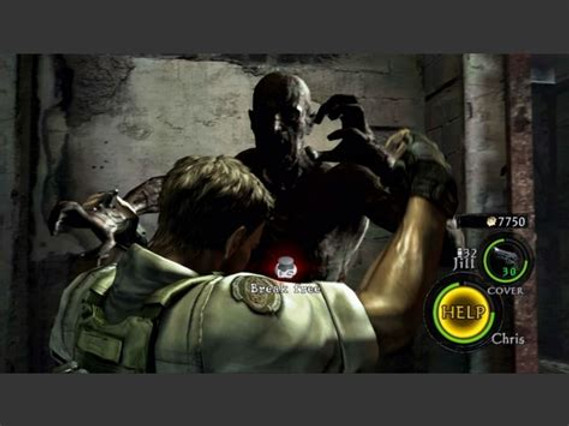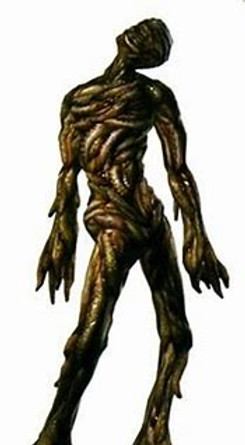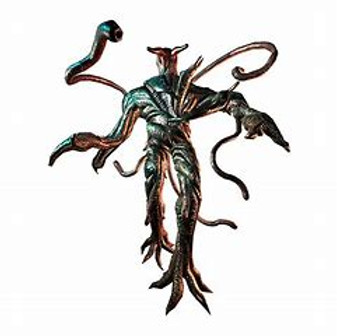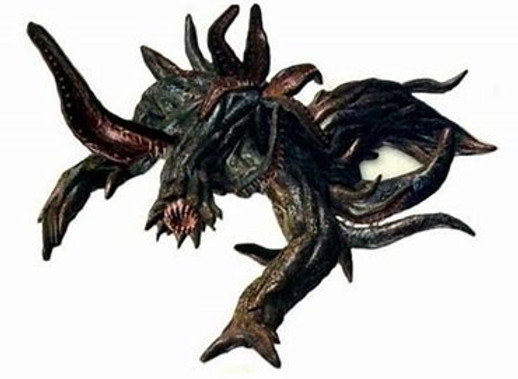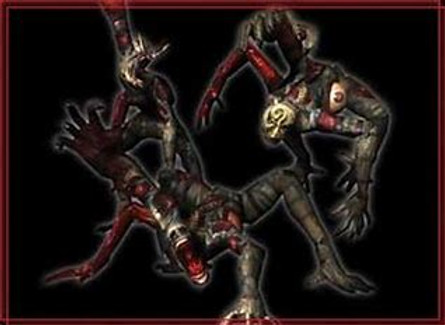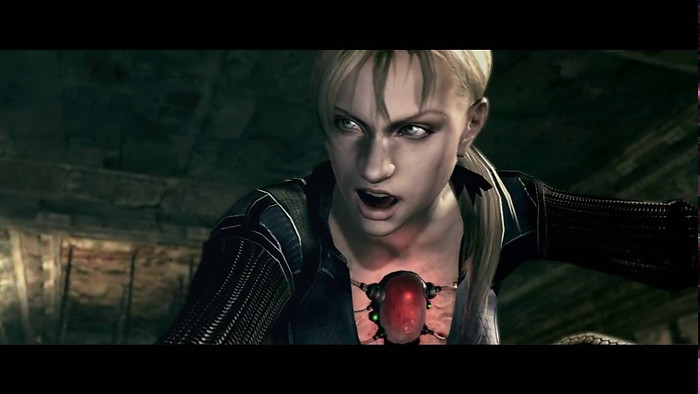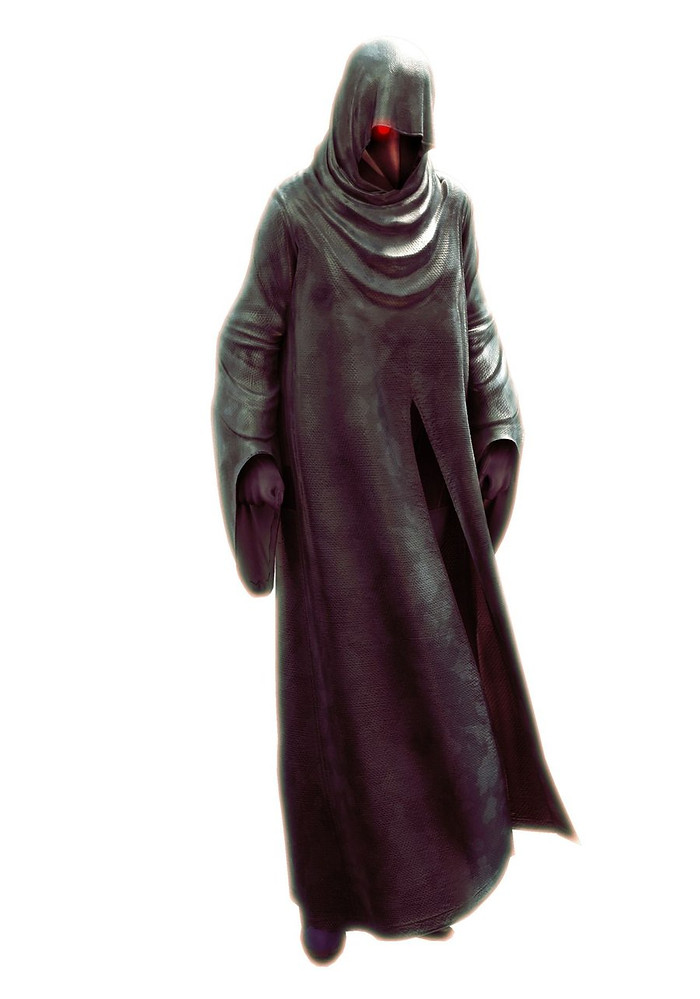The single most important plot point in the series and the backbone of the Biohazard story, it is literally difficult for me to exaggerate the importance and potential of the Progenitor Virus. It can make, remake, and destroy all life, and all the fantastical science behind the monsters and mutations is only possible due to the unique nature of Progenitor.
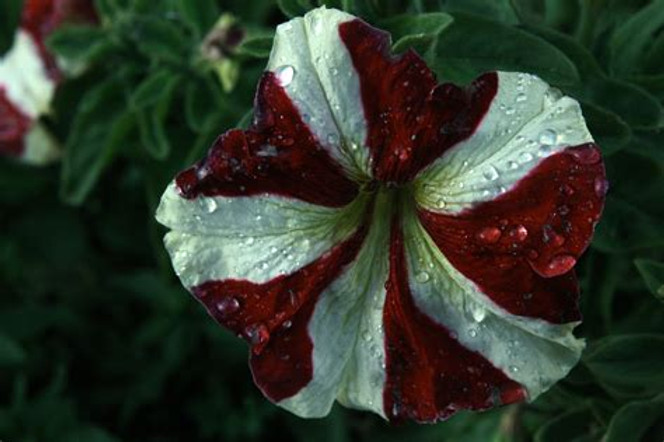
Genesis
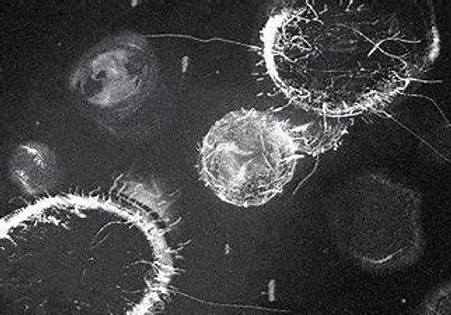
The Progenitor Virus is an RNA Retrovirus, and is unusually massive in size, which goes some way towards explaining it's storage capacity for genetic material. For a basic understanding on how viruses work, please watch this very short video.
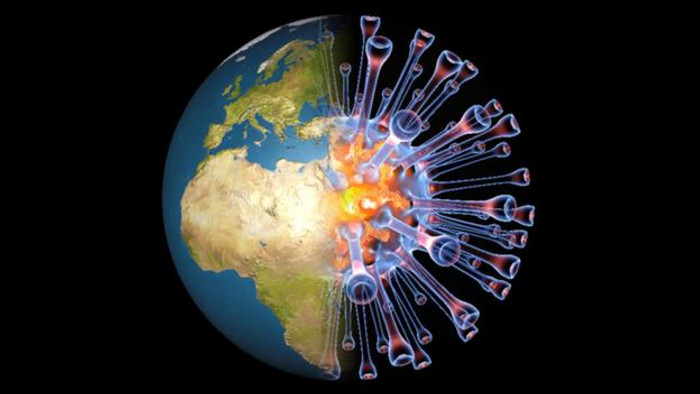
Viruses cannot infect just any animal. It's genetic makeup must be compatible with the host in order to affect it's cells. Cross species infection is extremely limited, and it's completely unheard of for a virus to be capable of infiltrating the cells of both a plant and animal. Yet despite all this, Progenitor is capable of infecting all forms of life, be it bacterium, fungus, animal or plant. This is because all organisms on Earth are actually the result of Progenitor producing mutations in microbes long ago. It is responsible for biodiversity, and created life as we know it on Earth. As it mutated the original organisms, the diverse Progenitor Mutants bred and populated the planet, and this has actually been repeated with the G-Virus (see Virus Analysis: Golgotha).
Viruses alter the genetic makeup of cells, but Progenitor, as the agent that created life, is capable of completely changing cells on the most basic level. This element is referred to as it's "DNA Mutation Factor". It's potential here is completely unlimited, and if a virus based on Progenitor guides it's mutations in a certain way, any result can be achieved (best seen in the C-Virus).
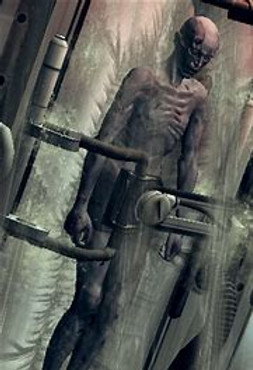
Over time, as life spread and changed, organisms grew weaker and were no longer able to survive the drastic mutations of Progenitor. As the virus spread in the body, the rapid mutations caused cells to break down under the severe changes, resulting in cell death, AKA necrosis.
If a host somehow survived, it would be left in a weakened state. In order to survive, it's metabolism would drive it to consume the protein rich flesh of the uninfected. This is the Zombie mutation, which is inherent to Progenitor, not just the t-Virus. However, Progenitor became too lethal even to create Zombies, and it's unknown if "natural" Zombies ever got the chance to walk the Earth, beyond the test subjects created during Uroboros development.
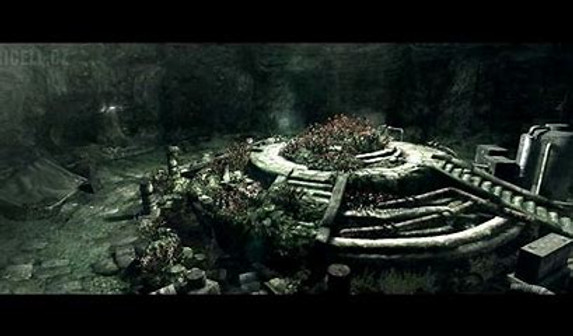
Without hosts to establish itself in, all but a single known strain survived extinction (although Alexia's Queen Ant/Insect Virus and the Abyss could also be long lost strains). This strain was able to establish itself in one of the only remaining compatible hosts: the Stairway to the Sun flower, located in an underground area in West Africa. As the game developers chose this place due to the origins of humanity, and because the virus would only cultivate in this spot when Spencer and company discovered it, it could be where Progenitor first appeared in the first place, making the Sun Garden it rests in the birthplace of life. Garden of Eden?
The flower had outstanding endurance, and could grow underground.
This strain of Progenitor was isolated due to it's lethality, but some potential hosts had a unique genetic makeup capable of producing antibodies capable of weakening Progenitor. These hosts could subdue the lethality and drastic mutations of the virus, and would only aquire benificial mutations. This is called adaption, and human adapters are called Progenitor Humans.
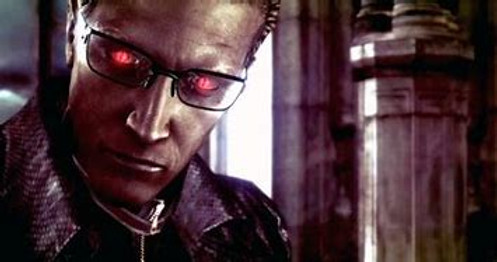
Progenitor Humans possessed some degree of biological immortality, meaning they no longer aged, along with enhanced speed, strength, reflexes, endurance, healing, and intelligence. The series has also dabbled with the idea of adapters possesing mind powers like telepathy. They would retain their human appearance, except for a mutation in the eyes causing them to take on a red reptilian appearance, and to be capable of bioluminesence (glowing) when the host experiences intense emotion.
History of Evil
The flower was eventually discovered by the Ndipaya people, who placed great significance on it and associated it with their sun god. They performed a ritual involving the oral consumption of the flower, where survivors would become Progenitor Humans and be crowned king. While adaption was rare, kings could reign for hundreds of years. The enhanced intellect granted by the virus led to the technological supperiority of the Ndipaya.
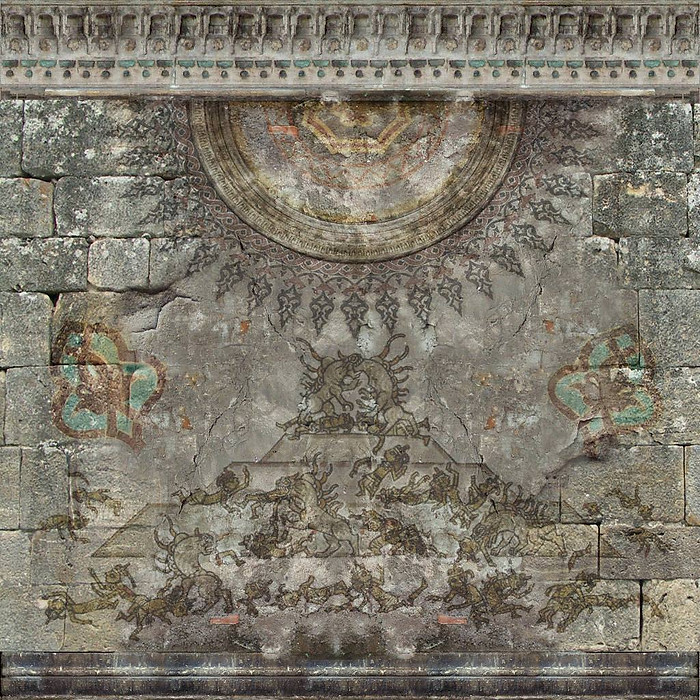
It was around this time that Progenitor (I believe) created Las Plagas, which the Ndipaya used to create primitive B.O.W.s (living weapons). These B.O.W.s eventually destroyed their sprawling underground kingdom, and the ruins (including the Sun Garden and Progenitor) were sealed away and protected by the Ndipaya survivors.
During the expeditions of Henry Travis in the Age of Discovery, he recorded the Ndipaya legends surrounding the flower and it's abilities in his Natural History Conspectus.

While it was discredited and dismissed by most, a rare copy found it's way into the possession of lord Oswell E. Spencer. He, fascinated by the possible implications of the story, went on an expedition with his friends lord Edward Ashford and Dr. James Marcus to Africa in search of the flower. They discovered the virus in the year 1966, and began to research it. Marcus discovered that the virus was capable of producing life, and deduced it was responsible for life on Earth. With this discovery, he named it accordingly: the Progenitor Virus.

The three eventually founded the Umbrella Corporation, which would use the virus for both medical and military purposes. In order to use the virus, it had to be weakened to allow hosts to survive infection. Since the Ndipaya days, Progenitor had grown even more lethal in humans, and no human on the planet, even Albert Wesker, could hope to survive long enough to adapt. The t-Virus project aimed to create a strain thousands of times weaker.
The founders planned to use the subsequent virus research to become immortal, and Spencer wanted to create a new world utopia after killing off the unworthy (which led to the Wesker Project). Spencer also had Edward infected with Progenitor, killing him.

Before Umbrella was founded, Spencer hired researchers and conducted Progenitor experiments at his mansion in Arklay. He created the first weakened strains (Type A and B) and performed experiments on plants and the Trevor Family. Lisa Trevor partially adapted and gained immortality, but at the cost of severe necrosis and brain damage.
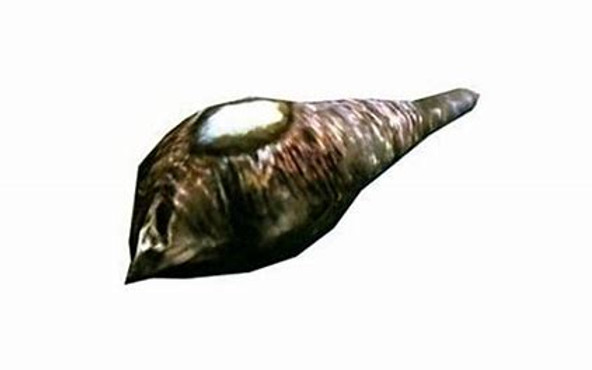
Marcus performed his own experiments at the Umbrella Executive Training Facility. He discovered that arthropods and annelids had more success with the virus, and Leeches in particular were capable of adapting, like the flower. They developed into a new animal far removed from regular leeches, and the recombinant virus it carried (the t-Virus) was weak enough to begin infecting many other animals, including humans.
Alexia Ashcroft used Progenitor to create t-Veronica. Lisa's strain became the prototype for the G-Virus.
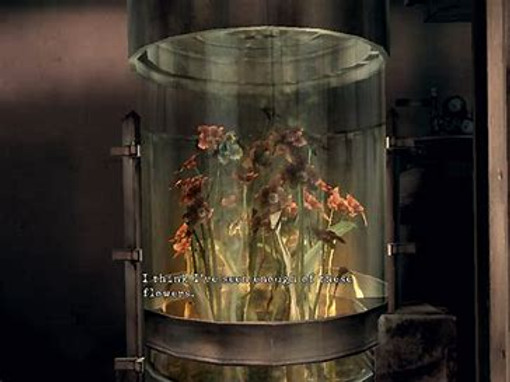
In order to maintain a monopoly on Progenitor, all cultivation was conducted at the secret Africa Laboratory where the Sun Garden was located, and the t-Virus became the default base for many new strains. While production of Progenitor in a lab setting eventually became possible, it was not produced in any other location.

After the Raccoon City Destruction Incident in 1998, Umbrella's illegal virus research was revealed to the public. In 2003 Umbrella folded, and Spencer buried the Africa Lab's existence to preserve the location of Progenitor. He had all employees who knew of it's existence killed, except for Carlos M., who was interrogated by Albert Wesker (a former Umbrella researcher turned bioterrorist who killed Spencer in 2006) and the multinational conglomorate TRICELL to discover it's location. TRICELL recovered Progenitor and used it to create the Uroboros Virus, along with the Licker Beta and the drug P30.
After the discovery of the Sun Garden by the BSAA (Bioterrorism Security Assessment Alliance) in 2009, it's fate is unknown. But dozens, if not hundreds of artificial viruses carry it's DNA mutation factor to this day.
Symptoms
Modern Progenitor has a number of secondary effects which carry over into other viruses:
Progenitor is also capable of repairing damaged tissue. Even dead cells can be revived, and the virus' regenerative potential borders on the supernatural. It can also cure disease, like cancer.
In the next several comments I examine various mutant examples in greater depth, in addition to the Progenitor-derived drug P30.

Genesis

The Progenitor Virus is an RNA Retrovirus, and is unusually massive in size, which goes some way towards explaining it's storage capacity for genetic material. For a basic understanding on how viruses work, please watch this very short video.

Viruses cannot infect just any animal. It's genetic makeup must be compatible with the host in order to affect it's cells. Cross species infection is extremely limited, and it's completely unheard of for a virus to be capable of infiltrating the cells of both a plant and animal. Yet despite all this, Progenitor is capable of infecting all forms of life, be it bacterium, fungus, animal or plant. This is because all organisms on Earth are actually the result of Progenitor producing mutations in microbes long ago. It is responsible for biodiversity, and created life as we know it on Earth. As it mutated the original organisms, the diverse Progenitor Mutants bred and populated the planet, and this has actually been repeated with the G-Virus (see Virus Analysis: Golgotha).
Viruses alter the genetic makeup of cells, but Progenitor, as the agent that created life, is capable of completely changing cells on the most basic level. This element is referred to as it's "DNA Mutation Factor". It's potential here is completely unlimited, and if a virus based on Progenitor guides it's mutations in a certain way, any result can be achieved (best seen in the C-Virus).

Over time, as life spread and changed, organisms grew weaker and were no longer able to survive the drastic mutations of Progenitor. As the virus spread in the body, the rapid mutations caused cells to break down under the severe changes, resulting in cell death, AKA necrosis.
If a host somehow survived, it would be left in a weakened state. In order to survive, it's metabolism would drive it to consume the protein rich flesh of the uninfected. This is the Zombie mutation, which is inherent to Progenitor, not just the t-Virus. However, Progenitor became too lethal even to create Zombies, and it's unknown if "natural" Zombies ever got the chance to walk the Earth, beyond the test subjects created during Uroboros development.

Without hosts to establish itself in, all but a single known strain survived extinction (although Alexia's Queen Ant/Insect Virus and the Abyss could also be long lost strains). This strain was able to establish itself in one of the only remaining compatible hosts: the Stairway to the Sun flower, located in an underground area in West Africa. As the game developers chose this place due to the origins of humanity, and because the virus would only cultivate in this spot when Spencer and company discovered it, it could be where Progenitor first appeared in the first place, making the Sun Garden it rests in the birthplace of life. Garden of Eden?
The flower had outstanding endurance, and could grow underground.
This strain of Progenitor was isolated due to it's lethality, but some potential hosts had a unique genetic makeup capable of producing antibodies capable of weakening Progenitor. These hosts could subdue the lethality and drastic mutations of the virus, and would only aquire benificial mutations. This is called adaption, and human adapters are called Progenitor Humans.

Progenitor Humans possessed some degree of biological immortality, meaning they no longer aged, along with enhanced speed, strength, reflexes, endurance, healing, and intelligence. The series has also dabbled with the idea of adapters possesing mind powers like telepathy. They would retain their human appearance, except for a mutation in the eyes causing them to take on a red reptilian appearance, and to be capable of bioluminesence (glowing) when the host experiences intense emotion.
History of Evil
The flower was eventually discovered by the Ndipaya people, who placed great significance on it and associated it with their sun god. They performed a ritual involving the oral consumption of the flower, where survivors would become Progenitor Humans and be crowned king. While adaption was rare, kings could reign for hundreds of years. The enhanced intellect granted by the virus led to the technological supperiority of the Ndipaya.

It was around this time that Progenitor (I believe) created Las Plagas, which the Ndipaya used to create primitive B.O.W.s (living weapons). These B.O.W.s eventually destroyed their sprawling underground kingdom, and the ruins (including the Sun Garden and Progenitor) were sealed away and protected by the Ndipaya survivors.
During the expeditions of Henry Travis in the Age of Discovery, he recorded the Ndipaya legends surrounding the flower and it's abilities in his Natural History Conspectus.

While it was discredited and dismissed by most, a rare copy found it's way into the possession of lord Oswell E. Spencer. He, fascinated by the possible implications of the story, went on an expedition with his friends lord Edward Ashford and Dr. James Marcus to Africa in search of the flower. They discovered the virus in the year 1966, and began to research it. Marcus discovered that the virus was capable of producing life, and deduced it was responsible for life on Earth. With this discovery, he named it accordingly: the Progenitor Virus.

The three eventually founded the Umbrella Corporation, which would use the virus for both medical and military purposes. In order to use the virus, it had to be weakened to allow hosts to survive infection. Since the Ndipaya days, Progenitor had grown even more lethal in humans, and no human on the planet, even Albert Wesker, could hope to survive long enough to adapt. The t-Virus project aimed to create a strain thousands of times weaker.
The founders planned to use the subsequent virus research to become immortal, and Spencer wanted to create a new world utopia after killing off the unworthy (which led to the Wesker Project). Spencer also had Edward infected with Progenitor, killing him.

Before Umbrella was founded, Spencer hired researchers and conducted Progenitor experiments at his mansion in Arklay. He created the first weakened strains (Type A and B) and performed experiments on plants and the Trevor Family. Lisa Trevor partially adapted and gained immortality, but at the cost of severe necrosis and brain damage.

Marcus performed his own experiments at the Umbrella Executive Training Facility. He discovered that arthropods and annelids had more success with the virus, and Leeches in particular were capable of adapting, like the flower. They developed into a new animal far removed from regular leeches, and the recombinant virus it carried (the t-Virus) was weak enough to begin infecting many other animals, including humans.
Alexia Ashcroft used Progenitor to create t-Veronica. Lisa's strain became the prototype for the G-Virus.

In order to maintain a monopoly on Progenitor, all cultivation was conducted at the secret Africa Laboratory where the Sun Garden was located, and the t-Virus became the default base for many new strains. While production of Progenitor in a lab setting eventually became possible, it was not produced in any other location.

After the Raccoon City Destruction Incident in 1998, Umbrella's illegal virus research was revealed to the public. In 2003 Umbrella folded, and Spencer buried the Africa Lab's existence to preserve the location of Progenitor. He had all employees who knew of it's existence killed, except for Carlos M., who was interrogated by Albert Wesker (a former Umbrella researcher turned bioterrorist who killed Spencer in 2006) and the multinational conglomorate TRICELL to discover it's location. TRICELL recovered Progenitor and used it to create the Uroboros Virus, along with the Licker Beta and the drug P30.
After the discovery of the Sun Garden by the BSAA (Bioterrorism Security Assessment Alliance) in 2009, it's fate is unknown. But dozens, if not hundreds of artificial viruses carry it's DNA mutation factor to this day.
Symptoms
Modern Progenitor has a number of secondary effects which carry over into other viruses:
- Necrosis, leading to pale skin, darkened veins, and exposed tissue.
- Aggression due to hormonal changes and an increase in metabolism that leads to constant starvation. This symptom is the most universal, as what good would monsters be if they weren't aggressive?
- Size increase due to an increase in growth hormone. This is most noticable in arthropods, but is also commonly seen in mammals and reptiles.
- Eyeball growths are most common in G, but it comes from Progenitor.
- Claw development, with bone growth at the tips of fingers.
- A change in fertility. Arthropods generally become more fertile, while mammals become infertile. The latter may be why Ndipaya kings did not rule by birthright, and was rectified in G.
- Brain damage. Like infertility, the virus either enhances the host's mental capacity or damages it.
- Red eyes, due to damage caused to blood vessels.
- Heart expansion, to the point it emerges from the torso.
Progenitor is also capable of repairing damaged tissue. Even dead cells can be revived, and the virus' regenerative potential borders on the supernatural. It can also cure disease, like cancer.
In the next several comments I examine various mutant examples in greater depth, in addition to the Progenitor-derived drug P30.


